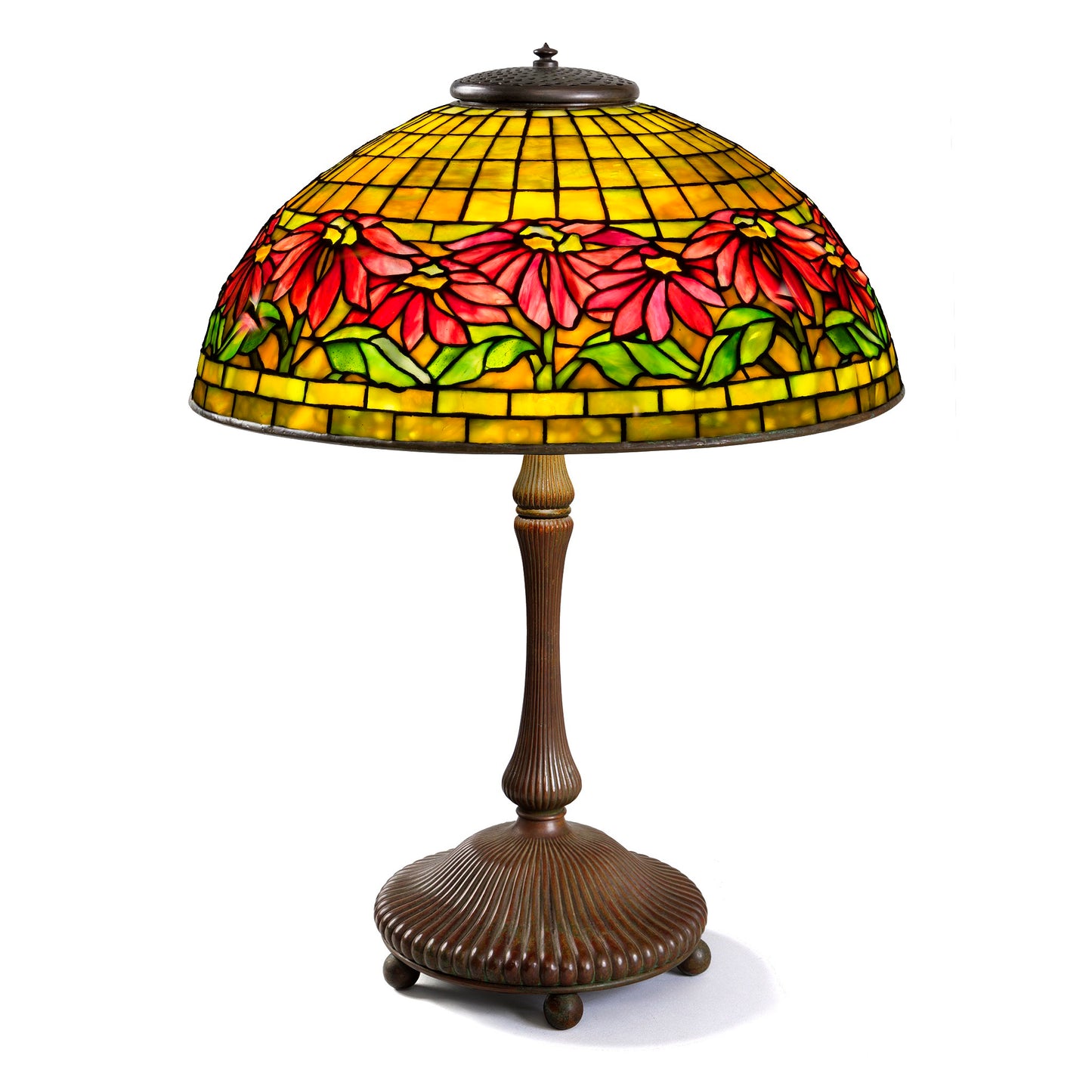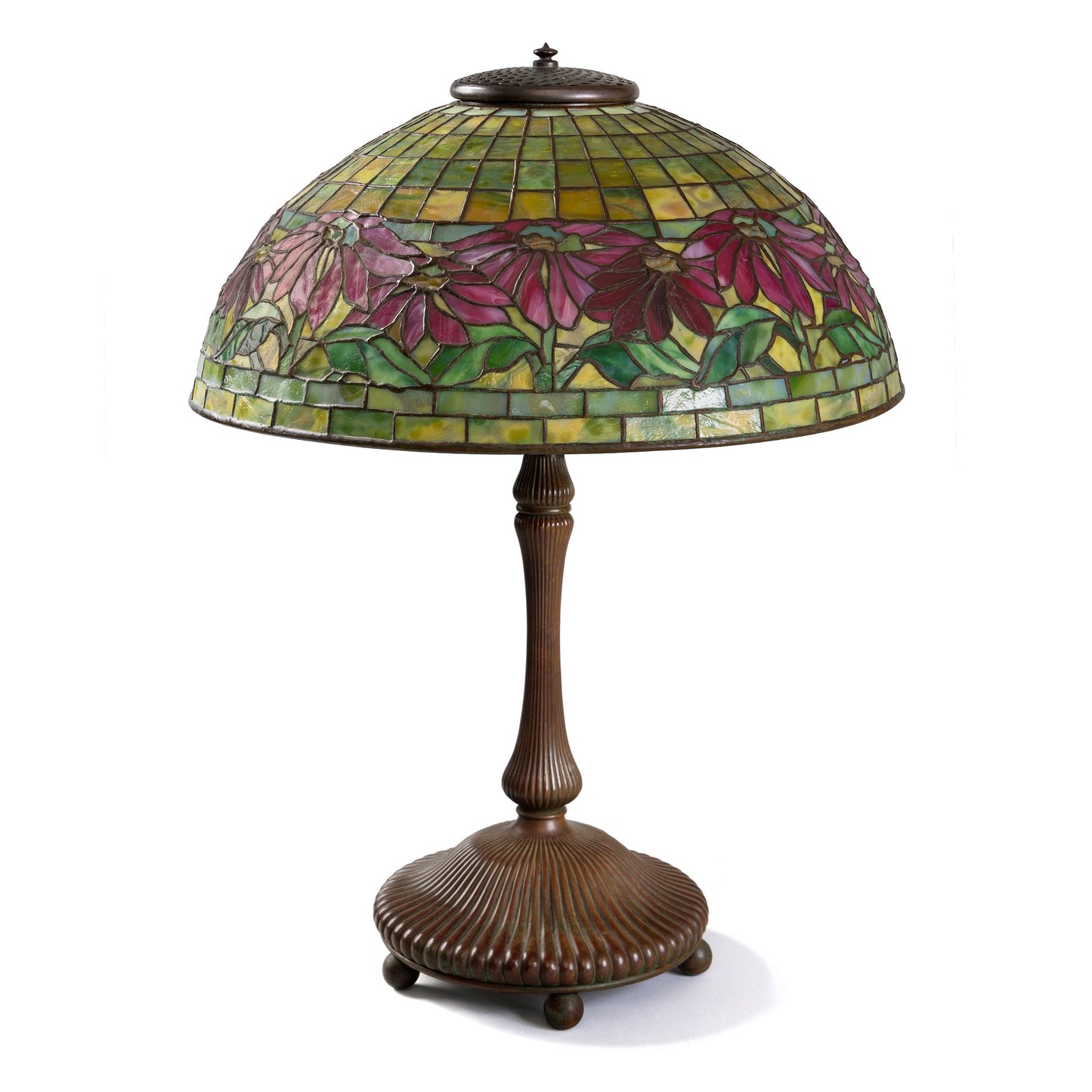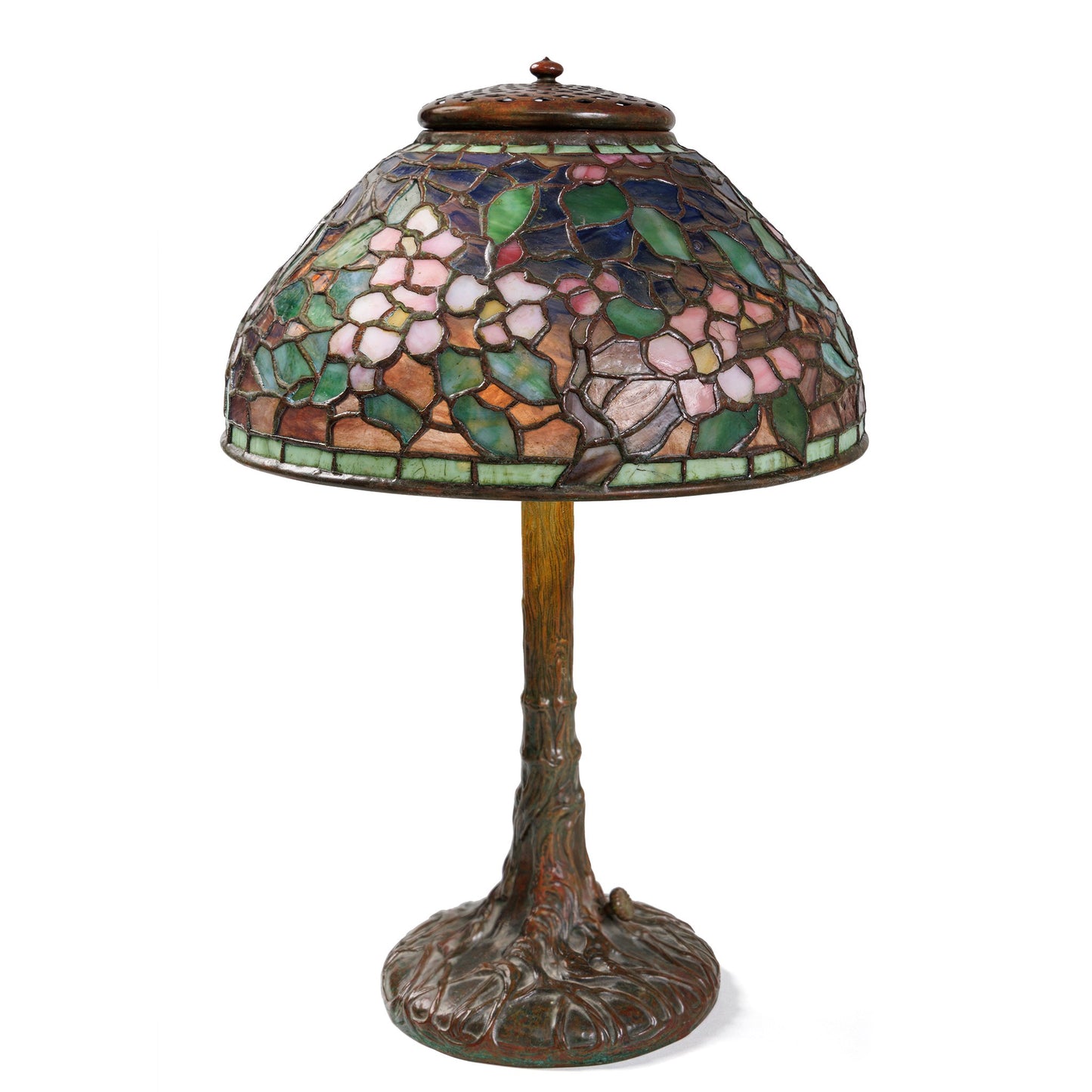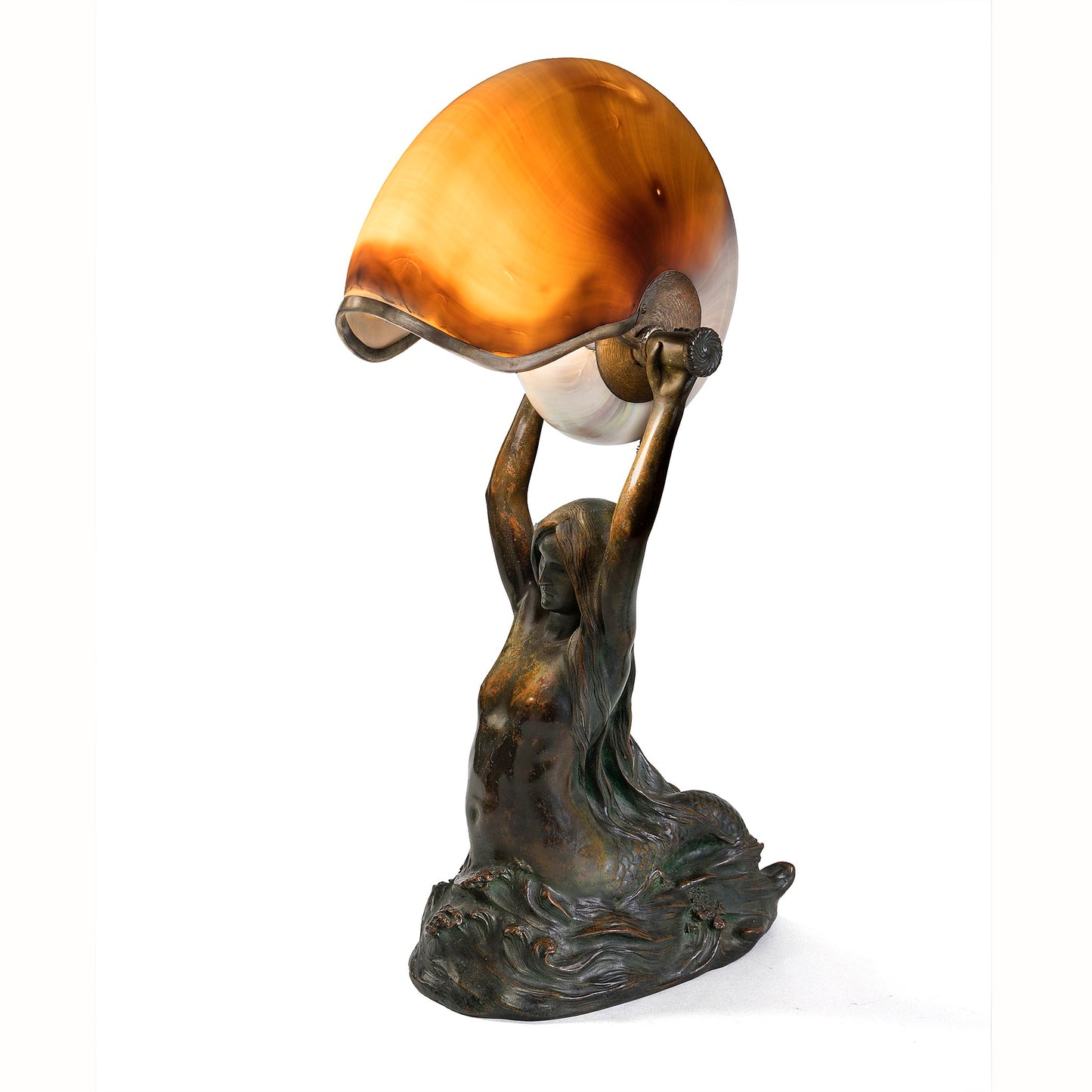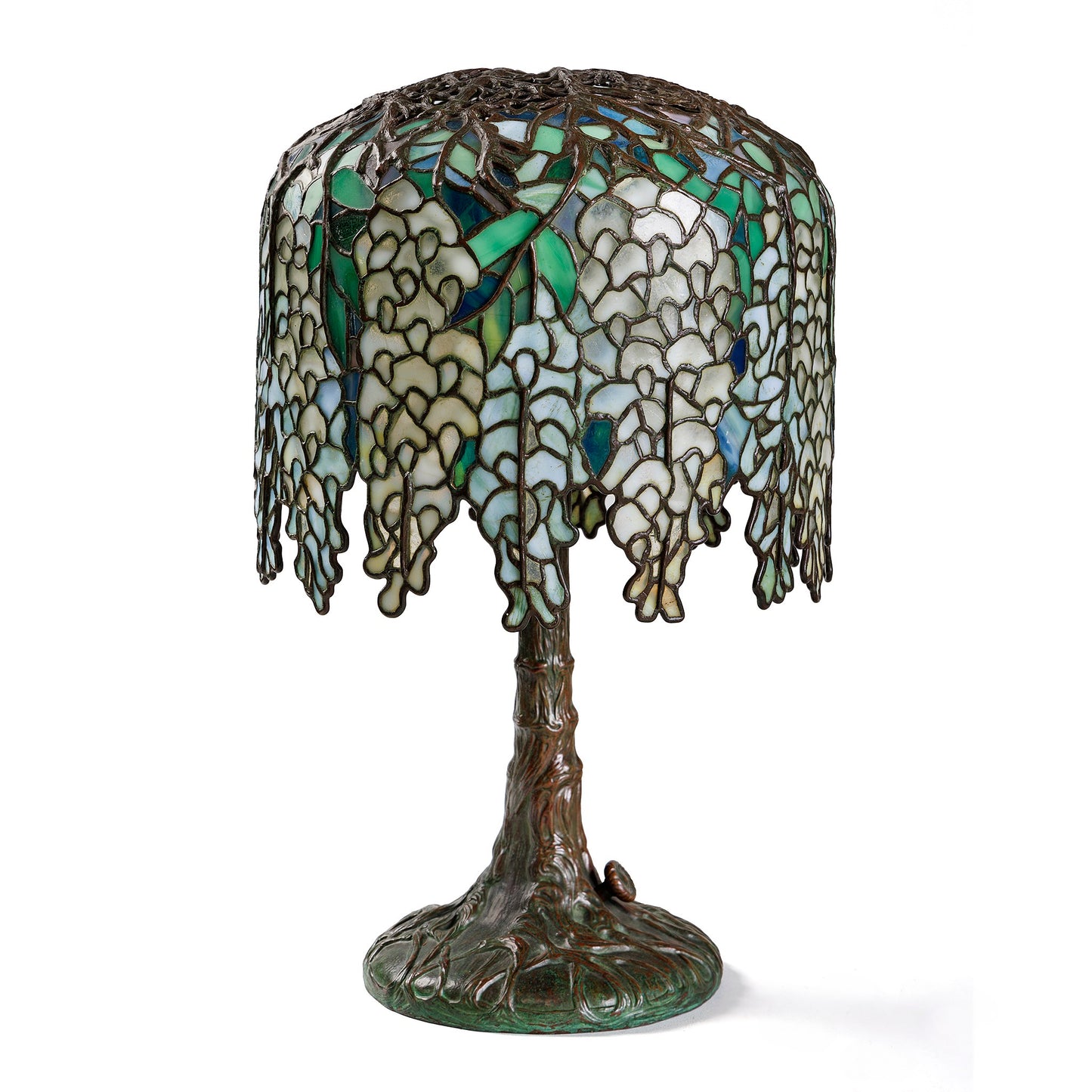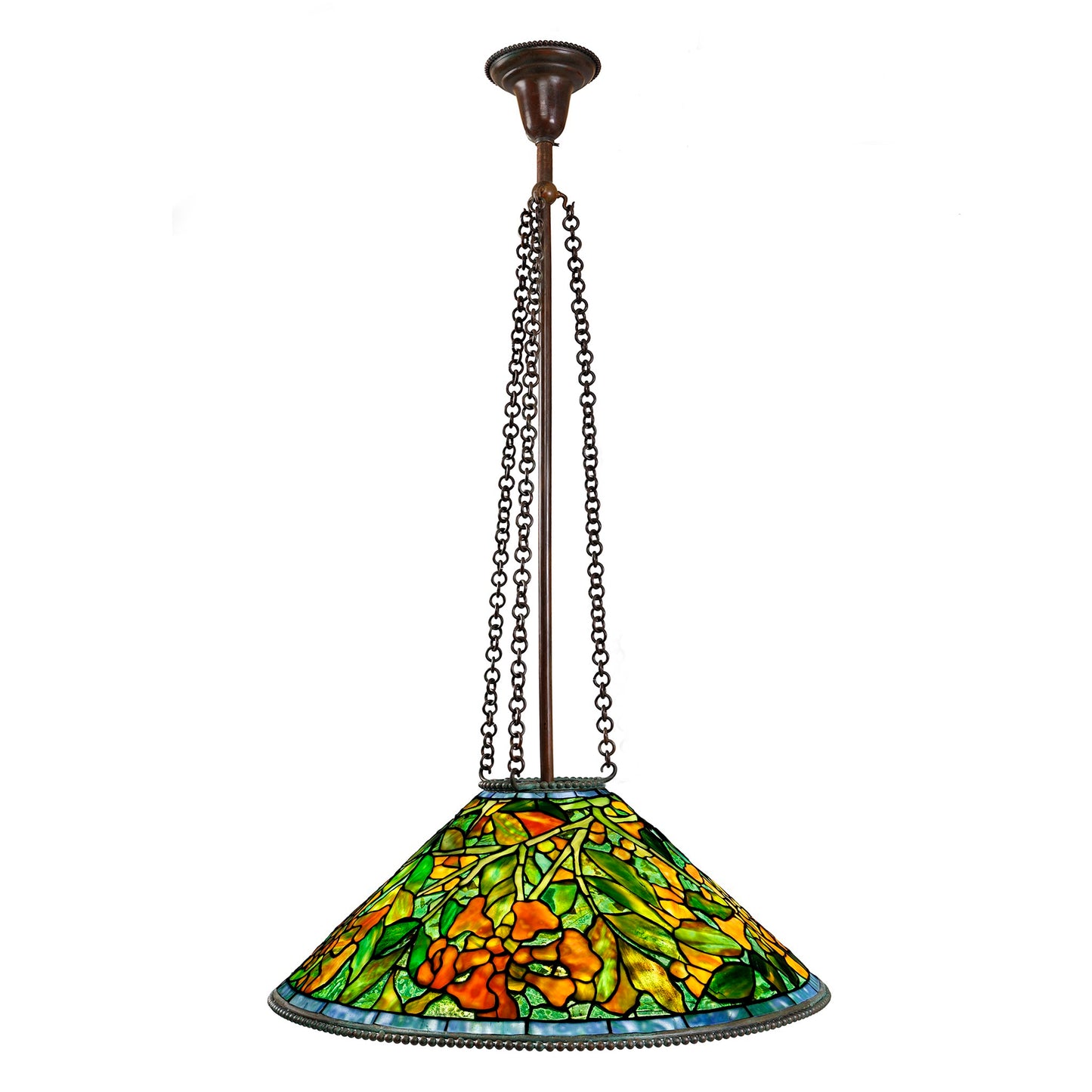
The integration of nature into design has long been a driving force behind some of the most iconic works of architecture and art. Frank Lloyd Wright’s Fallingwater House and Louis Comfort Tiffany’s Lotus Leaf lamp are two such examples, both reflecting a deep admiration for the organic structures found in nature. Edgar Kauffman placed the Lotus Leaf lamp in the corner of his magnum opus, the Fallingwater House by Frank Lloyd Wright. Wright, a pioneer of biomimicry, believed that form and function were inseparable, a principle he showcased in his harmonious designs inspired by natural elements. Tiffany, similarly, sought to capture the beauty and intricacy of the natural world in his glasswork, with the Lotus Leaf lamp being a striking homage to the Amazon Waterlily's fractal patterns. In each case, the artists found not only aesthetic beauty in nature but also functional brilliance, translating these natural innovations into structures that continue to captivate and endure.
Though the lamp was named the lotus leaf, the true inspiration for the shade's pattern was the underside of an Amazon Waterlily. The underside of the leaf is entirely covered with a fractal network of veins that radiate out from the central stem, a pattern reflected in the Lotus series of Tiffany Lamps. The main veins become thinner and divide into branches as they approach the rim of the leaf. They are crossed at regular intervals by other veins that form concentric circles and are unique to this genus of water lily. The overall effect is striking: an intricate web of yellow veins against the dark green of the leaf.

Underside of an Amazon Waterlily
This fascination with nature’s inherent design extended beyond these two figures to Joseph Paxton, who drew from the same botanical inspiration when constructing the Crystal Palace of Hyde Park. By 1851, Joseph Paxton—the head gardener at Kew Gardens and the first European to successfully cultivate an Amazon Waterlily—had been appointed architect and tasked with constructing the Crystal Palace to house the Great Exhibition. He drew inspiration from the leaf architecture of the Amazon Waterlily to build a magnificent castle of iron and glass, which opened in London to great acclaim.

Crystal Palace at Sydenham Hill, London, 1851, Silver Gelatin Print, BBC Hulton Picture Library
Through experimentation, Paxton determined that the leaves could bear the weight of a child. The Illustrated London News published an engraving that showed his daughter Annie, dressed as a fairy, sitting on a specimen of Amazon Waterlily. The Amazon waterlily’s secret to its tensile strength is its prominent vascular system, a biological innovation that smaller water lilies lack. By studying the lily's ability to support its 6 foot diameter, Paxton discovered how to use cast iron to support the entirety of 60,000 panes of glass. The building became the greatest area of glass ever seen in a building.

Annie Paxton standing on an Amazon Waterlily at Chatsworth, Courtesy Wikimedia Commons
Both Frank Lloyd Wright’s Fallingwater and Joseph Paxton’s Crystal Palace demonstrate how nature’s intricate designs can inspire remarkable architectural and artistic achievements. Wright's admiration for Japanese art and nature's forms is embodied in the Tiffany Lotus Leaf lamp, which draws from the Amazon Waterlily’s fractal patterns. Similarly, Paxton’s innovative design for the Crystal Palace was directly influenced by the structural strength of the Amazon Waterlily. These works highlight how nature, with its perfect balance of form and function, has long been a source of creative and structural inspiration in human design.

















